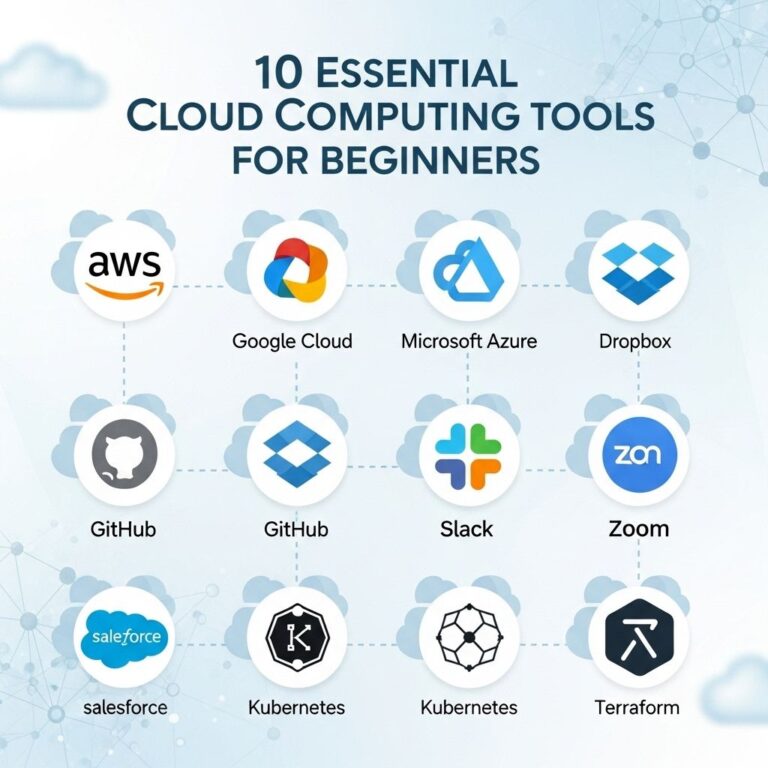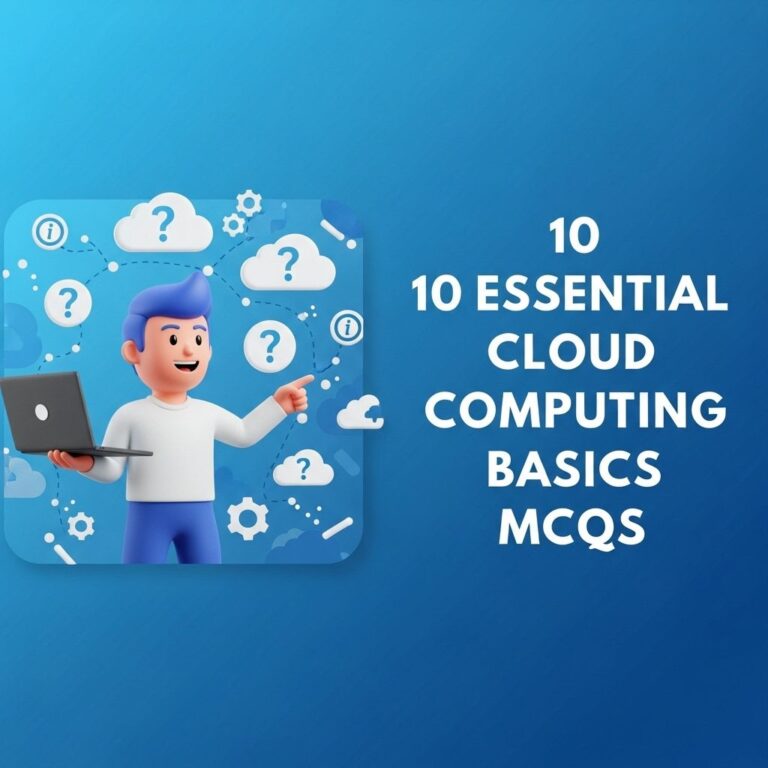Table of Contents
Mastering Multi-Cloud Deployment Strategies in 2025
The digital landscape is continuously evolving, and businesses are adapting by leveraging various cloud services to enhance flexibility, reduce costs, and improve performance. In 2025, mastering multi-cloud deployment strategies has become essential for organizations aiming to innovate and stay competitive.
This article explores the importance of multi-cloud strategies, benefits and challenges, key considerations for implementation, and best practices to ensure successful deployment.
Understanding Multi-Cloud Deployment
Multi-cloud deployment refers to the use of multiple cloud computing services from different providers to meet the varied needs of a business. This approach can involve a combination of public, private, and hybrid clouds. Organizations choose multi-cloud strategies for several reasons:
- Flexibility in choosing appropriate services from different providers
- Avoidance of vendor lock-in
- Improved disaster recovery and backup options
- Cost optimization through competitive pricing
Benefits of Multi-Cloud Strategies
Implementing a multi-cloud strategy has several advantages:
| Benefit | Description |
|---|---|
| Flexibility | Businesses can select cloud platforms that best meet their needs for specific applications. |
| Resilience | Utilizing multiple providers reduces the risk of downtime; if one service fails, others can maintain operations. |
| Cost Efficiency | Organizations can optimize cloud costs by choosing services that offer the best value for specific workloads. |
| Performance Optimization | Deploying applications on the most suitable cloud can improve performance, latency, and speed. |
| Regulatory Compliance | Using multiple providers helps in adhering to various regional regulations and compliance requirements. |
Challenges of Multi-Cloud Deployment
While multi-cloud strategies offer numerous benefits, they also present unique challenges:
- Complexity: Managing multiple cloud environments can complicate operations and require advanced management tools.
- Data Security: Ensuring consistent security protocols across various platforms can be challenging.
- Interoperability: The need for seamless integration between different cloud services can present compatibility issues.
- Cost Management: Maintaining clear visibility into spending across multiple clouds can be difficult, potentially leading to budget overruns.
Key Considerations for Implementing Multi-Cloud Strategies
To successfully implement multi-cloud strategies, organizations must consider the following:
- Assessment of Business Needs: Begin with a thorough analysis of business requirements to identify which workloads are best suited for which cloud provider.
- Choosing Providers Wisely: Evaluate different cloud service providers based on their offerings, reliability, performance, security, and pricing.
- Development of Governance Policies: Establish clear policies for data management, security, compliance, and access controls.
- Integration and Interoperability: Invest in tools and technologies that facilitate easy integration and communication between different cloud environments.
- Monitoring and Management: Implement robust monitoring tools to track performance, security, and costs across all platforms.
Best Practices for Multi-Cloud Deployment
To further ensure the success of multi-cloud strategies, organizations can follow these best practices:
- Standardize Processes: Develop standard operating procedures for deploying and managing applications across different clouds.
- Automate Where Possible: Use automation tools to streamline deployment processes, scaling, and monitoring tasks.
- Regular Training: Provide continuous training for IT staff to keep them updated on cloud technologies and best practices.
- Implement Security Best Practices: Employ best practices like encryption, identity management, and network security across all cloud environments.
- Optimize Costs: Regularly review usage data to identify cost-saving opportunities and eliminate unnecessary expenditures.
Conclusion
As we advance through 2025, mastering multi-cloud deployment strategies will be crucial in navigating the complex digital landscape. By leveraging the benefits of flexibility, resilience, and performance optimization while addressing the inherent challenges, organizations can harness the power of multi-cloud environments effectively. Ultimately, strategic planning, wise provider choices, and adherence to best practices will be the cornerstone of successful multi-cloud deployments.
FAQ
What are the benefits of multi-cloud deployment strategies?
Multi-cloud deployment strategies offer increased flexibility, improved redundancy, better resource optimization, and the ability to leverage the best services from multiple cloud providers.
How can businesses effectively manage multi-cloud environments?
Businesses can effectively manage multi-cloud environments by utilizing centralized management tools, implementing automated deployment processes, and ensuring robust monitoring and security protocols.
What challenges do organizations face with multi-cloud deployments?
Organizations may face challenges such as data integration issues, increased complexity in management, potential security vulnerabilities, and higher operational costs associated with maintaining multiple cloud platforms.
What best practices should be followed for successful multi-cloud deployment?
Best practices for successful multi-cloud deployment include establishing clear governance policies, ensuring compatibility between services, regularly reviewing performance metrics, and adopting a cloud-agnostic architecture.
How will multi-cloud strategies evolve in 2025?
In 2025, multi-cloud strategies are expected to evolve with advancements in AI and machine learning, leading to more automated management solutions, enhanced security measures, and greater focus on sustainability and cost efficiency.









